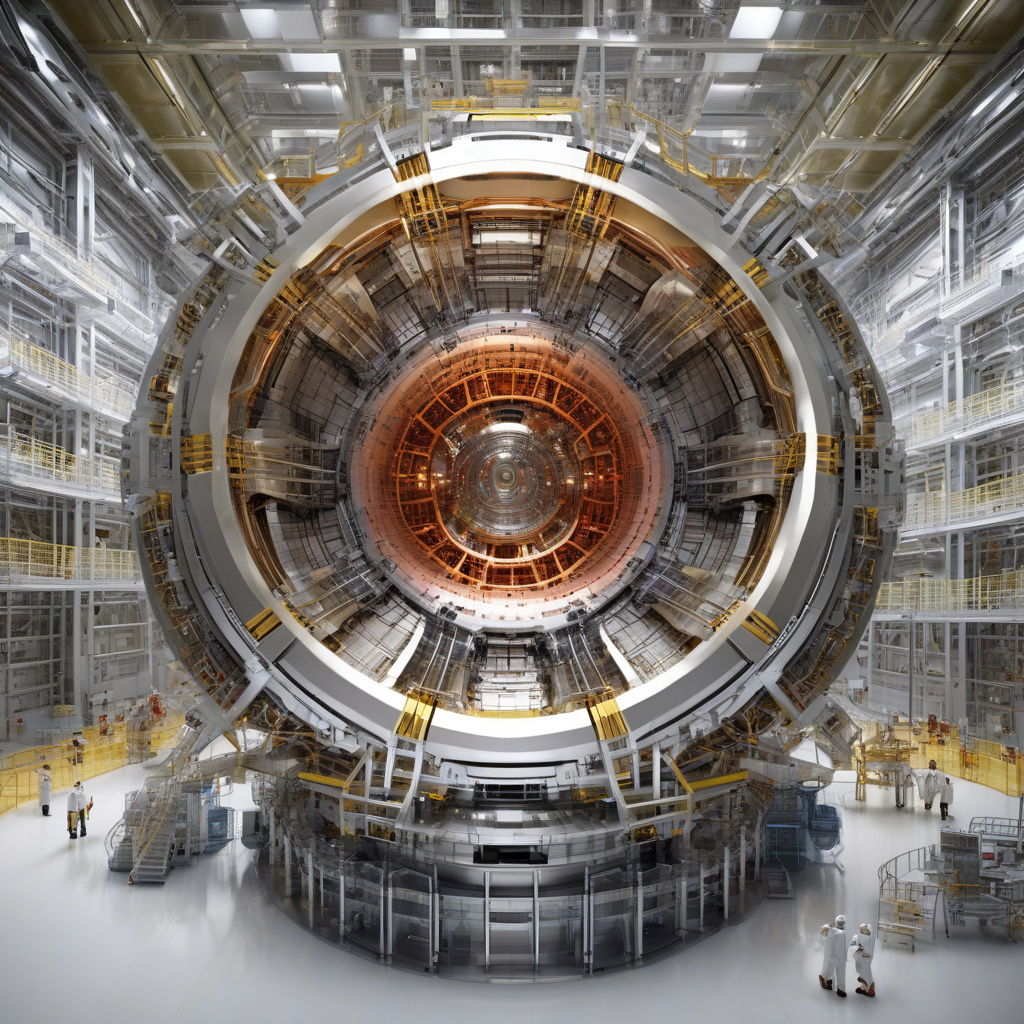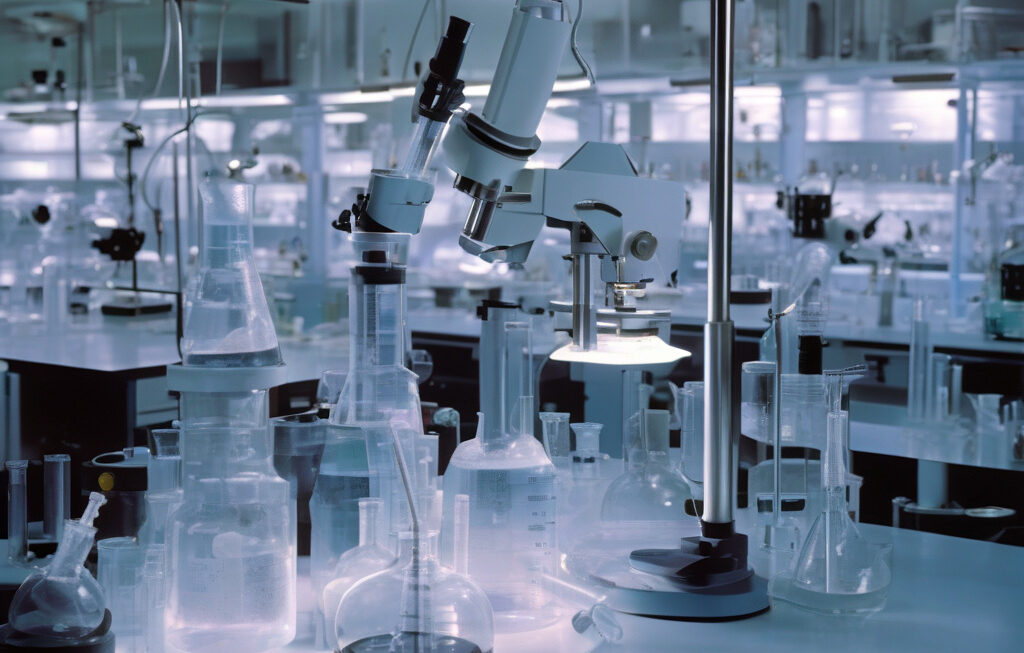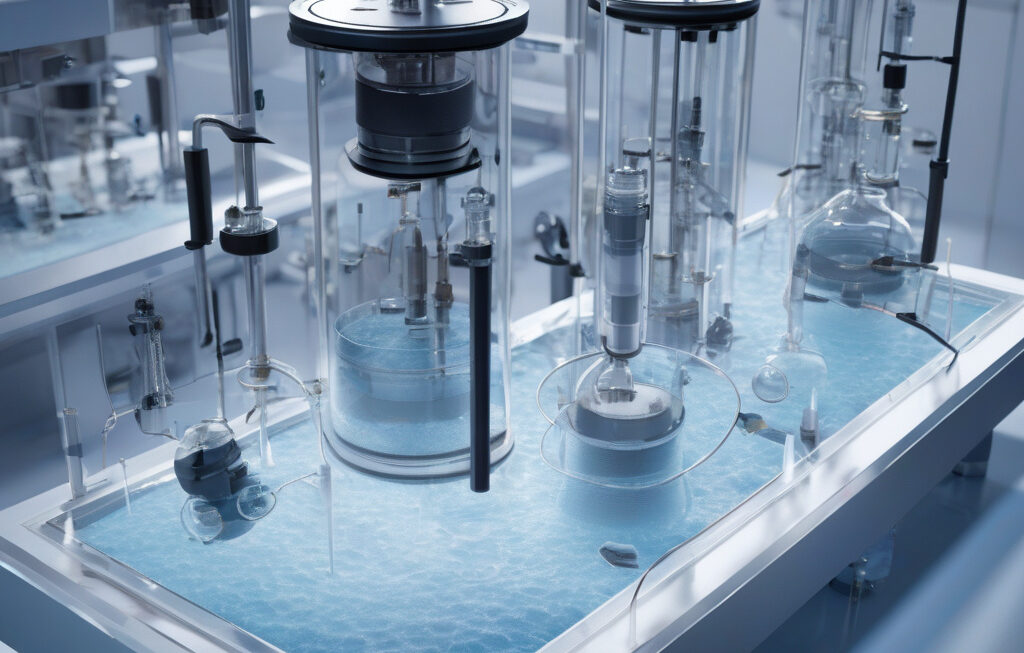World’s Largest Tokamak to Use Boron to Purify Plasma for Cleaner Nuclear Fusion
With initial modeling nearly complete and preliminary designs finalized, engineers and scientists at the ITER (International Thermonuclear Experimental Reactor) project are gearing up to revolutionize the world of nuclear fusion. The ITER project, located in southern France, aims to demonstrate the feasibility of fusion power as a sustainable energy source. One of the key innovations that sets ITER apart is the use of boron as a means to purify plasma, a crucial step towards achieving cleaner and more efficient nuclear fusion.
At the heart of the ITER project lies a tokamak, a device that uses magnetic fields to confine and control the fusion plasma. The tokamak at ITER is the largest of its kind in the world, with a plasma volume of 840 cubic meters. This impressive size allows for longer plasma pulses and more sustained fusion reactions, bringing us one step closer to achieving practical fusion energy.
Boron, a chemical element known for its ability to absorb neutrons, plays a critical role in the purification of plasma at ITER. By introducing boron into the plasma, scientists can effectively capture impurities and prevent them from contaminating the fusion reaction. This not only helps maintain the stability and efficiency of the fusion process but also minimizes the production of radioactive waste, making nuclear fusion a cleaner and safer energy option.
The use of boron in plasma purification represents a significant advancement in fusion research. In traditional fusion reactors, impurities such as helium and hydrogen isotopes can build up in the plasma, leading to performance issues and potential damage to the reactor components. By leveraging the unique properties of boron, the engineers and scientists at ITER are paving the way for more reliable and sustainable fusion energy systems.
In addition to its role in plasma purification, boron also offers potential benefits for enhancing the overall performance of the fusion reaction. Boron-containing compounds can act as efficient neutron absorbers, helping to control the rate of nuclear reactions and improve the energy output of the fusion process. This dual functionality of boron highlights its versatility as a key component in the quest for practical fusion power.
As the ITER project progresses towards full-scale operation, the use of boron in plasma purification is poised to make a lasting impact on the field of nuclear fusion. By harnessing the power of this versatile element, researchers are not only advancing the scientific understanding of fusion energy but also laying the groundwork for a more sustainable and environmentally friendly energy future.
In conclusion, the integration of boron into the plasma purification process at the world’s largest tokamak represents a significant milestone in the development of nuclear fusion technology. With its potential to enhance efficiency, reduce waste, and improve overall performance, boron is shaping up to be a key player in the transition towards cleaner and more sustainable energy solutions.
ITER, nuclearfusion, boron, cleanenergy, sustainability.












